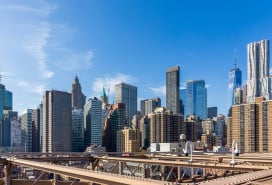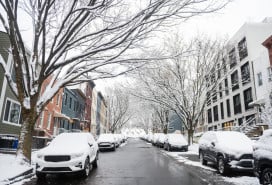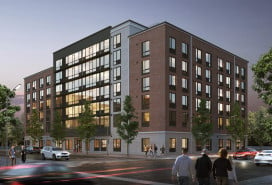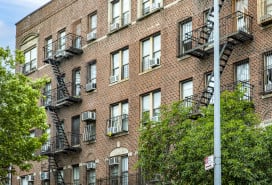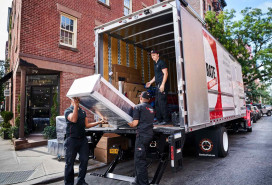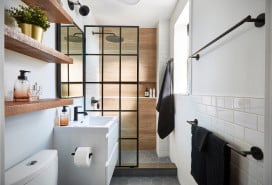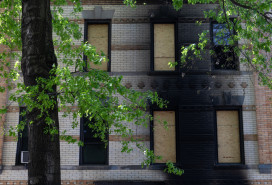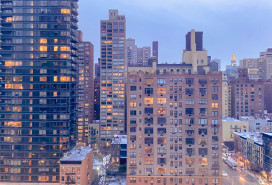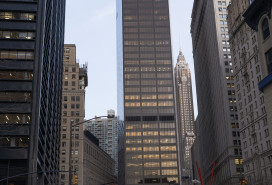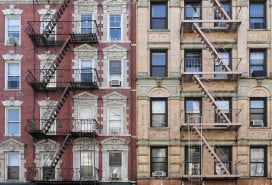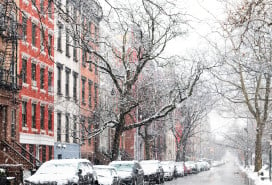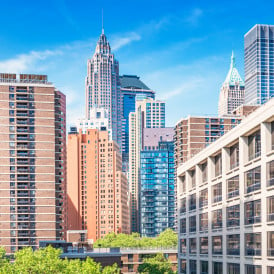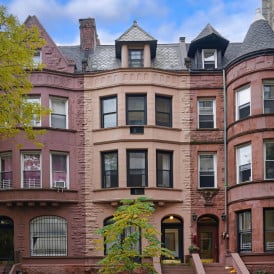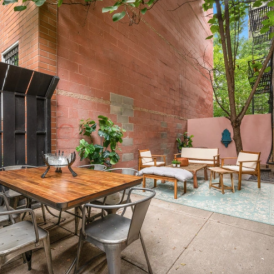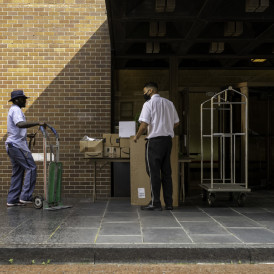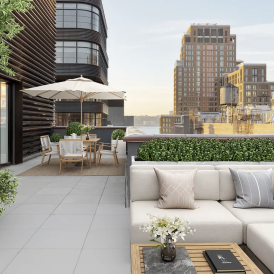More Mitchell-Lamas on the Way? The Good, the Bad and the Possibly Problematic
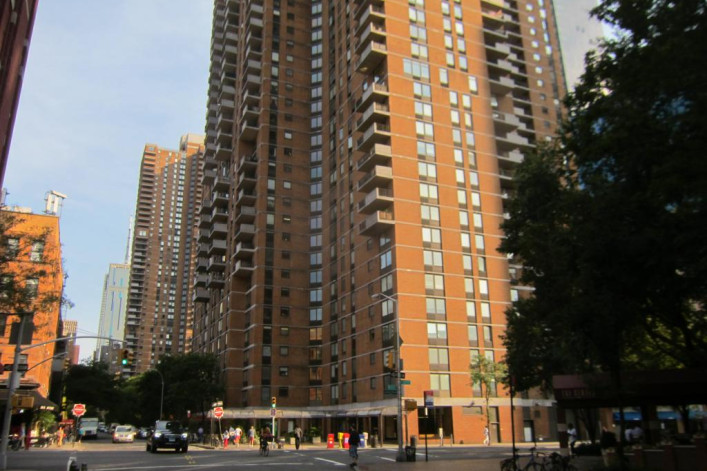
Mitchell-Lama housing may just be the best bargain in New York City real estate. The 60-year-old affordable housing program lets middle-income dwellers rent or buy apartments for prices that would not be out of place in Detroit, and unlike much public housing, owners and tenants actually want to live in Mitchell-Lama buildings—so much so that waiting lists are 5 to 10 years long, and residents usually move out “feet first.”
The last Mitchell-Lama complex in New York City was built about 40 years ago, but in the 1970s, the kind of federal money that made the program possible all but dried up. Now, a group of state Democrats wants to spend $750 million to revive the program, building thousands of new Mitchell-Lama apartments here and across the state, as the Wall Street Journal reported last week.
Under the plan, New Yorkers making $75,000 to $100,000 a year for a family of four would qualify to rent places for as little as $1,900 to $2,500 a month, the Journal says. The state would cover affordable mortgages and tax breaks for developers to construct the buildings, which is similar to how the program worked when it started.
“One great advantage of the Mitchell-Lama system is that people who live in Mitchell-Lama do not consider it subsidized housing," says Dean Roberts, a real estate attorney at Norris McLaughlin & Marcus who has spent much of the last three decades working with Mitchell-Lama buildings. “It does not have the stigma of government support.”
Sounds good--maybe even too good to be true?
Roberts notes that are a few things to keep in mind--including some important lessons from the past that legislators would be wise to heed.
NYC doesn’t have enough slums
The original Mitchell-Lama developments were built in “blighted” areas of the city—like Chelsea, the Upper East Side and the Lower East Side—that were cleared of slums and essentially re-settled by middle-income families in a successful effort to revitalize those neighborhoods.
These days, notes Roberts, “there are very few slums left in New York."
The areas of the city that actually have large, cheap tracts of land necessary to build Mitchell-Lama buildings are probably not the places you’d line up to live. Roberts is confident that the buildings will find eager residents. But don’t be surprised if you’re looking at living in Far Rockaway.
Income limits are outdated
To qualify to live in Mitchell-Lama housing, you have to make under a certain annual income, depending on the size of the apartment and the number of people who will be living there. But over time, these income restrictions have hurt existing Mitchell-Lama complexes, Roberts says.
Because income caps haven’t moved with inflation, “instead of being middle-income housing, it’s becoming low-income housing,” he explains.
Not only does this defeat the purpose of providing housing for New Yorkers who make a moderate income, but it also means that often buyers or renters are disqualified by the time they get to the top of the waiting list. In other words, five or 10 years after you sign up, you may make too much money to take advantage of Mitchell-Lama.
Roberts advocates letting higher-income residents pay a surcharge to get into the apartments. This system is already partly in place, since residents who exceed the income restrictions while they’re living in a Mitchell-Lama apartment can opt to pay higher maintenance fees or rent to stay. (Even with the surcharges, it's still far below market rate.)
But letting wealthier people in from the get-go would mean they could subsidize their neighbors, Roberts says. And he insists that it wouldn’t defeat the purpose of building middle-income housing because upwardly mobile residents would help bolster the community and promote economic diversity.
Another solution is to have a moving income restriction, rather than a set cap, such as allowing residents who make 125 percent of the area median income to buy or rent, for instance. It's a barometer that's used in other affordable housing programs in New York City.
Keeping singles out of three-bedrooms
Another wrinkle with the current rules, Roberts points out, is that individuals such as empty nesters or widows are not penalized for taking up large apartments that they no longer need. There’s simply no incentive to leave a family-sized unit even if it’s no longer serving the use it did when you moved in.
A new Mitchell-Lama should make it more expensive to keep larger apartments, Roberts says, and “occupancy standards should have some teeth in them.” Even if you have the right to live in a Mitchell-Lama building, that doesn’t mean you should have the right to that specific apartment, Roberts says.
Related posts:
Sign up by Tuesday for new Manhattan affordable housing offering 'luxury for less'


